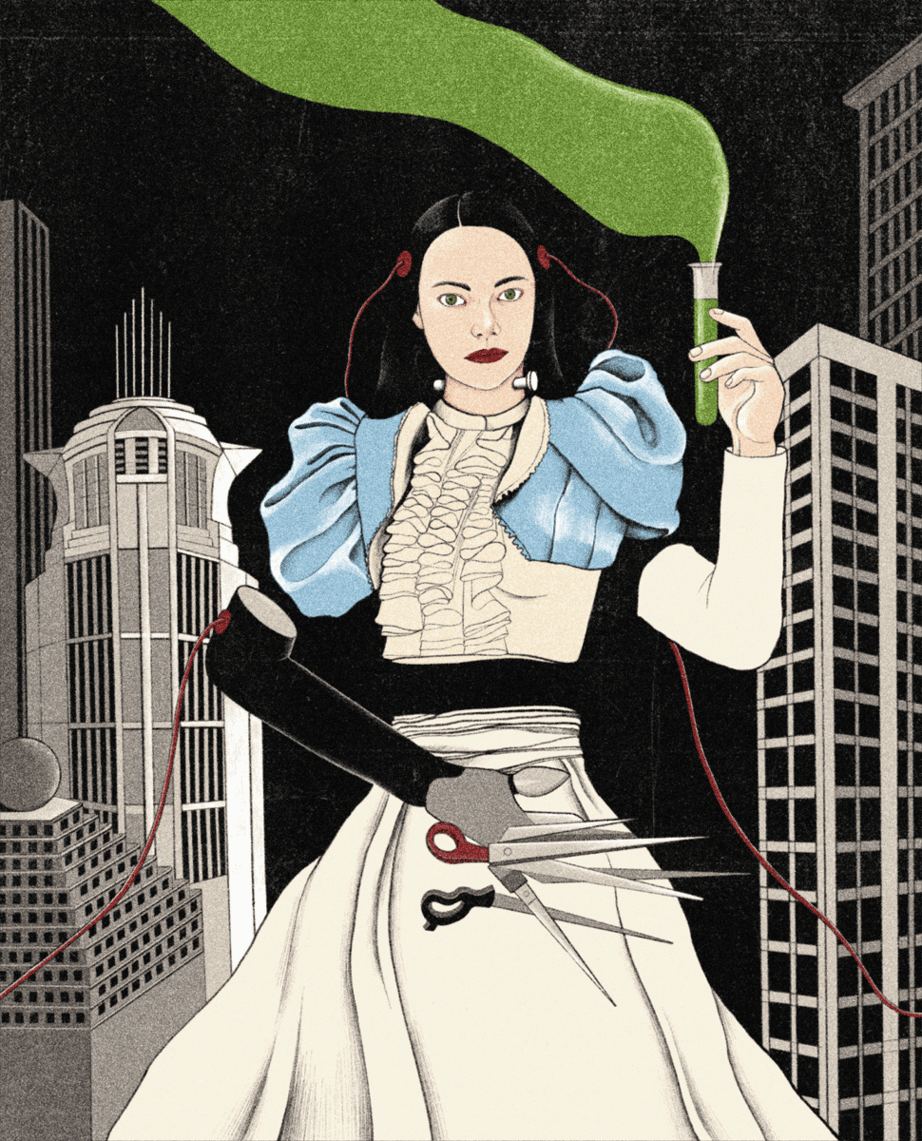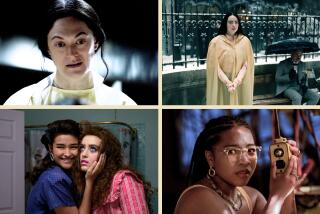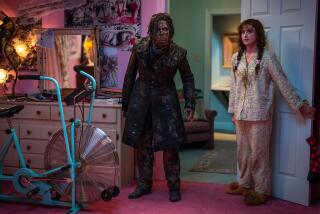‘Frankenstein’: This Monster Has Been Here Before : A Frank Explanation of Producer’s Version
- Share via
I read with interest the location piece filed from England by Jeff Kaye regarding TNT’s “Frankenstein” (“Real Story of a Guy and His Monster,” Calendar, Nov. 17).
In it, Kaye says that “TNT is producing the most true-to-the-original-story version of Frankenstein that has ever been filmed.” He further asks, “If the original story is so good, why hasn’t anyone filmed it before?”
The fact of the matter is that I produced a three-hour adaptation of Mary Shelley’s classic work that ABC aired as part of its “Wide World of Entertainment” late-night programming schedule in two parts on Jan. 16-17, 1973. The production, starring Robert Foxworth as Dr. Frankenstein and Bo Svensen as the creature, received rave reviews and was highly rated.
In fact, the Los Angeles Times’ television reviewer at the time, Cecil Smith, wrote glowingly of the production, the direction, the cast and so forth. Smith pointed out that “major departures were made from the ‘Frankenstein’ we knew and loved in James Whale’s great (1931) movie.
“Instead of the inarticulate, lumbering monster that Boris Karloff played so brilliantly, this adaptation (by producer Dan Curtis and Sam Hall) is truer to Mary Shelley’s classic novel in which Dr. Frankenstein produced in his laboratory a ‘superhuman’--the strongest, most brilliant man on Earth.”
Although I eagerly await this new production of Shelley’s enormously rich literary masterpiece, I feel compelled to recognize the extraordinary contributions of my colleagues to this earlier, groundbreaking television production. These include my co-adapters, Sam Hall and Richard Landau; director Glenn Jordan; music director Robert Cobert; art director Trevor Williams; and a wonderful cast headed by Foxworth, Svensen and Susan Strasberg.
Throughout my career, I have felt a deep kinship for this particular entertainment genre. Who knew that a show I created almost 30 years ago called “Dark Shadows” would become a major daytime cult hit?
Actually, it was only recently, when reviewing the press materials for the soon-to- be-released video library of my “scariest” productions, that I realized what a large percentage of my creative output has dealt with such matters as the occult, vampires, horror and things that “go bump in the night.”
“The Strange Case of Dr. Jekyll and Mr. Hyde” with Jack Palance (1968), Darren McGavin in “The Night Stalker” (1972), Lynn Redgrave in “The Turn of the Screw” (1974) and “Bram Stoker’s Dracula,” again with Palance, to name a few--all of my works in this field have in some way been informed and nourished by the literary and cinematic references that have preceded them. That’s how a subject matter becomes a genre in the first place.
I only wish Kaye had researched the television lineage of Mary Shelley’s “Frankenstein” a little more assiduously.
More to Read
The complete guide to home viewing
Get Screen Gab for everything about the TV shows and streaming movies everyone’s talking about.
You may occasionally receive promotional content from the Los Angeles Times.






